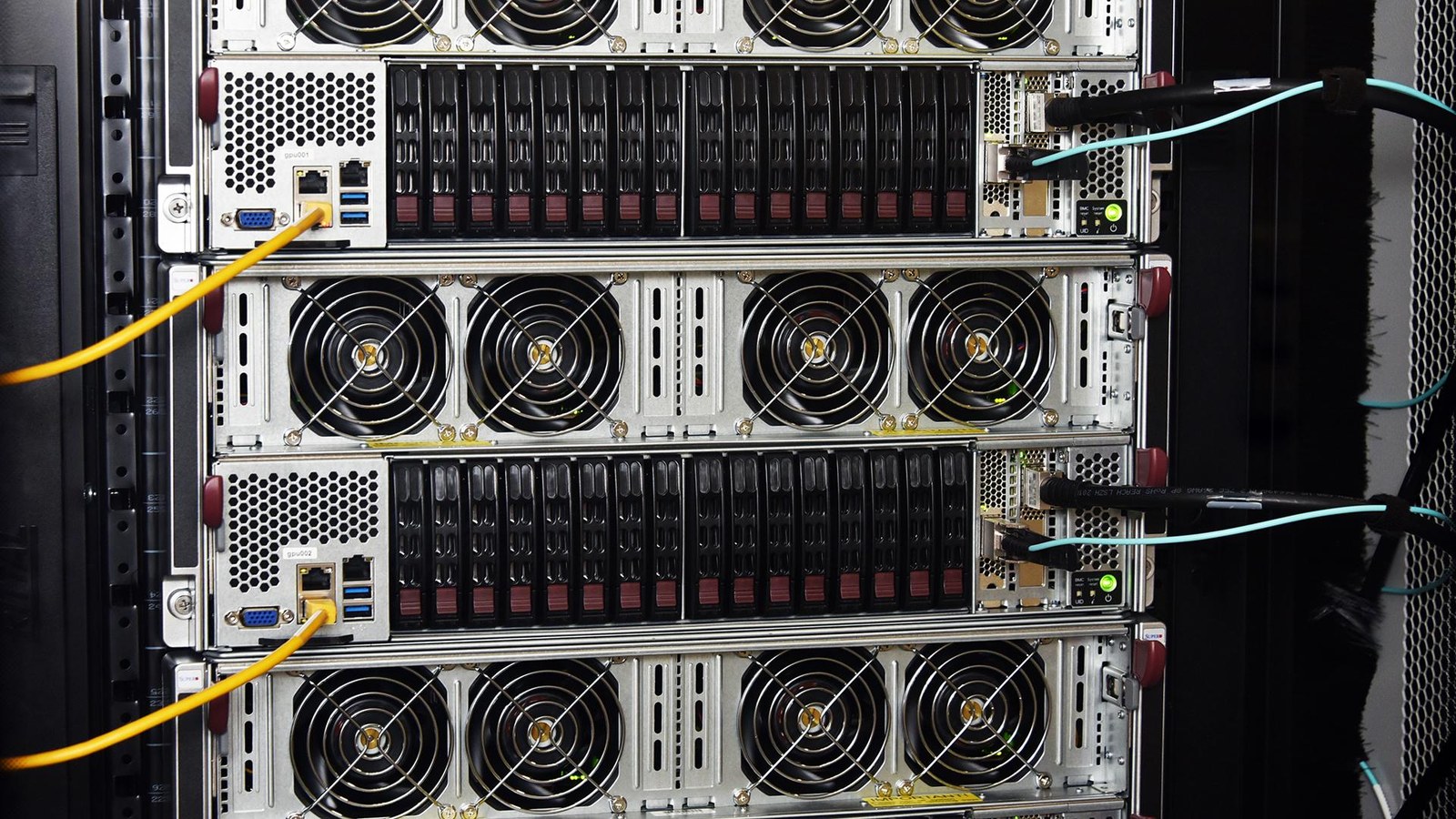HPDA system Kratos



The Kratos High-Performance Data Analysis Cluster (HPDA) is the primary working tool for the German Aerospace Center (Deutsches Zentrum für Luft- und Raumfahrt; DLR) Abteilung Earth Observation Data Science in Jena; it is used to address research issues from all working groups at the Institute. In addition to supporting the work of the Institute itself, the new high-performance computer boosts DLR's general capabilities in the field of machine learning and data science.
The HPDA system stands out among computing clusters as it is honed to address the special requirements of processing large quantities of data, especially deep learning algorithms. Alongside computer processing units with deep learning boost technology, the cluster has a total of 32 NVIDIA graphics processing units which – when combined with a parallel file system and computing nodes with up to 1.5 terabytes of RAM – are adapted to the particular challenges of big data.
Advancing climate research and data science
The large-scale facility provides significant support for work in the field of climate informatics, citizen science, visual analytics and machine learning. For example, advanced methods of data mining and machine learning are developed in Jena to help identify previously unknown or underestimated dependencies between different climate parameters.
For researchers in Jena, the new HPDA cluster's capabilities in the field of visual analysis will be invaluable tools for developing data mining techniques, processing huge data streams in an innovative way, uncovering previously unforeseen relationships and content, and visualising these in user-oriented ways. Complex relationships, statistical uncertainties and even special features of the data will thus be made clearly visible for users.
Research on the integration of citizen science data into processes of analysis will also be carried out using the new high-performance computer. One example is data collected by citizens relating to soil moisture or the state of the vegetation in their local area, which can then be fed into the calibration of satellite-based Earth observation data.
